5 big iWatch hints that Apple dropped at WWDC
Apple might be making a compelling case for the wearable
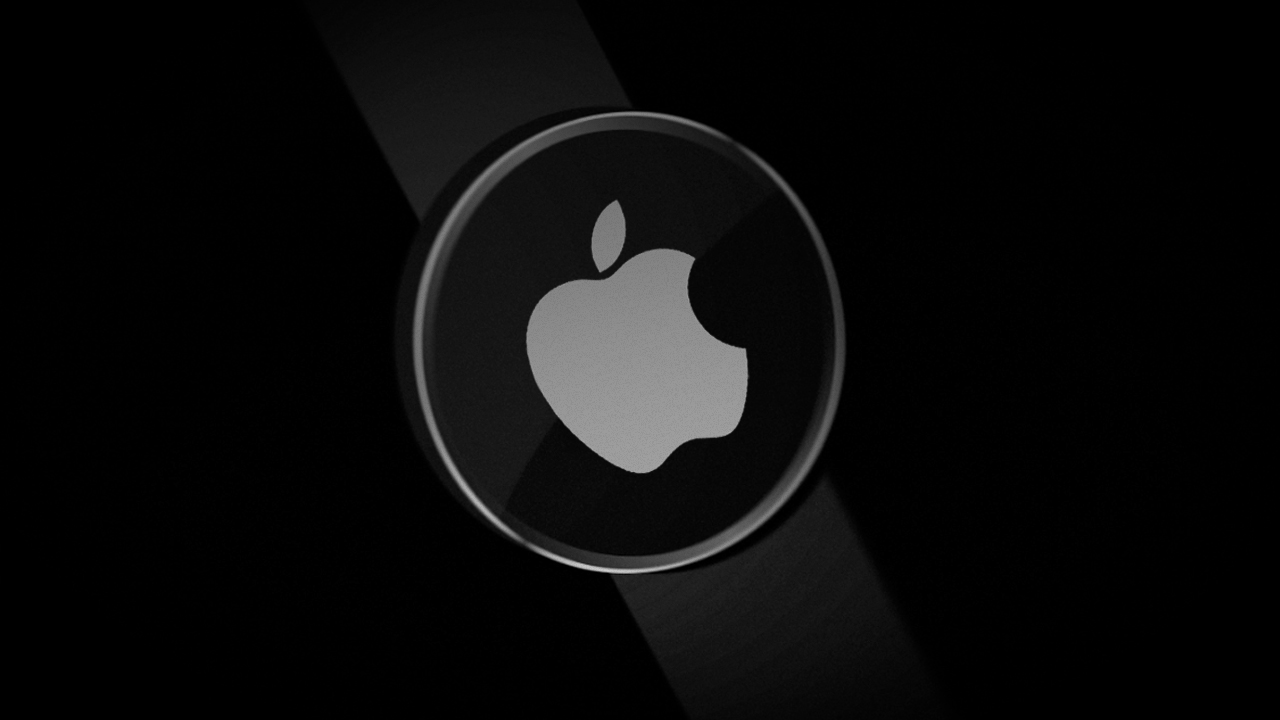
Apple didn't unveil the iWatch at WWDC 2014, but it did the next best thing: it dropped some almighty hints about the technology that might be heading to our wrists.
Should it actually exist, we expect Apple to announce its long-rumoured wearable later in the year to coincide with the iPhone 6.
Whatever shape the iWatch ultimately takes - and we're increasingly convinced that the "watch" bit is misleading - these hints from Apple's WWDC ketnote give a pretty good idea of what it might do.
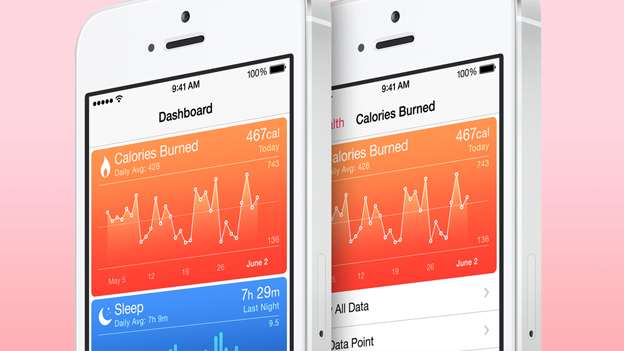
1. Health and HealthKit
Wearables and health monitoring go together like rhubarb and custard, and if the iWatch doesn't hook into Apple's incoming Health app we'll eat a FitBit. Apple's playing a smart game here: it can't possibly make wearable devices and health monitors to cover every conceivable eventuality, so it's opened up Health to third party devices ranging from fitness bands to hospital kit.
It's easy to imagine the iWatch's rumoured biometric sensors covering the basics for most users, and third party devices handling the more rigorous requirements of sporty types with very specific monitoring needs.
In fact, by putting out Healthkit, Apple may have created a necessity for the iWatch, which would be a clever move indeed.
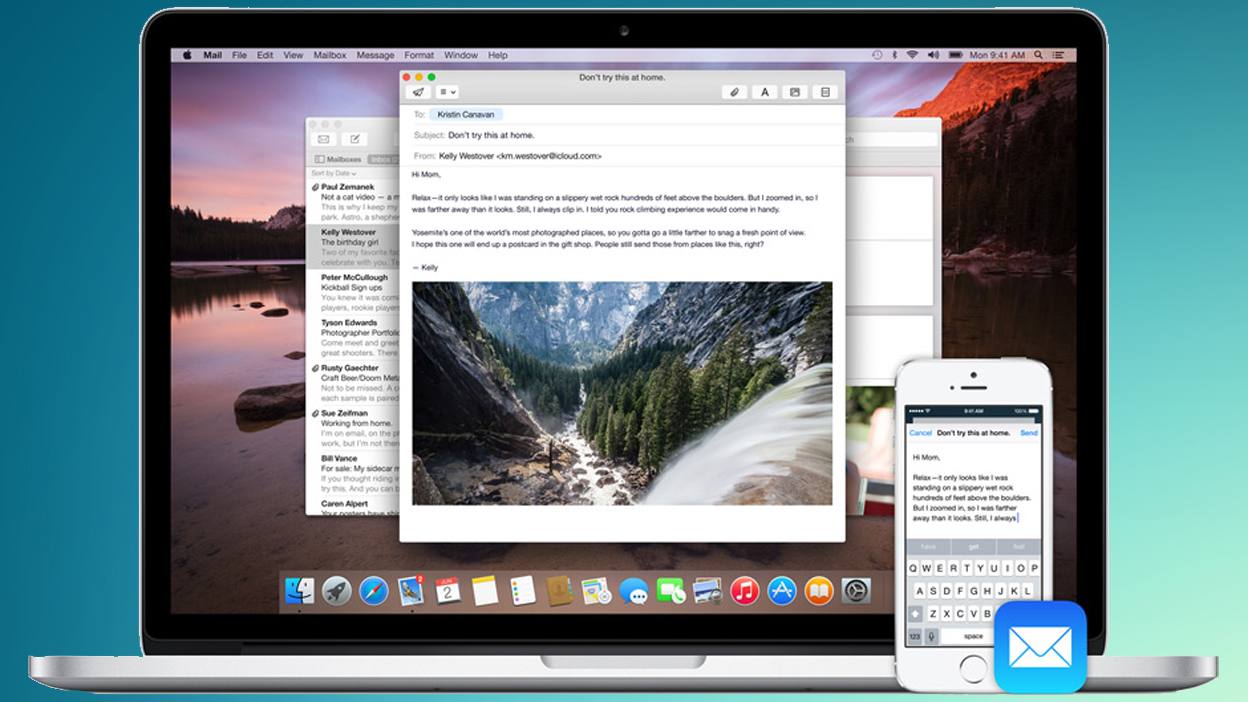
2. Instant Hotspot, Remote Call notifications and Handoff
WWDC 2014 was all about "continuity", Apple's way of enabling you to do whatever you want on the device that's nearest.
Sign up for breaking news, reviews, opinion, top tech deals, and more.
The same Instant Hotspot that creates config-free connections between Macs and iPhones would work just as well with a wearable, enabling your iWatch to answer or initiate phone calls and then pick them up on your iPhone or other iDevice.
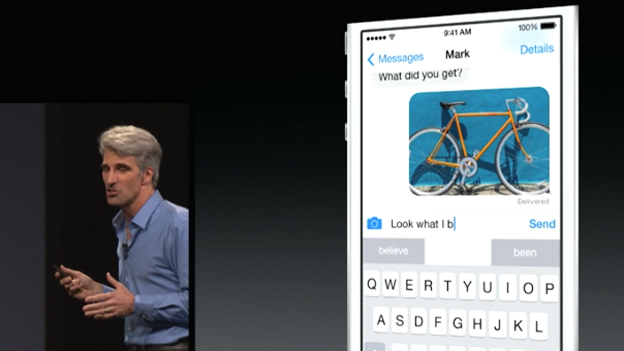
3. SMS, audio and predictive typing
Messaging gets a big boost in iOS 8: you can now read and reply to SMS messages on your iPad without needing a SIM card. You can send inline audio in conversations as well as taking advantage of context-aware predictive typing to make text input easier - so for example if someone asks you if you fancy dinner or a movie the on-screen options would include both dinner and movie for instant responses.
The smaller the device, the more useful such aids and audio become: they make it easy to send quick replies without reaching for your iPhone. Exactly what an iWatch should be about.
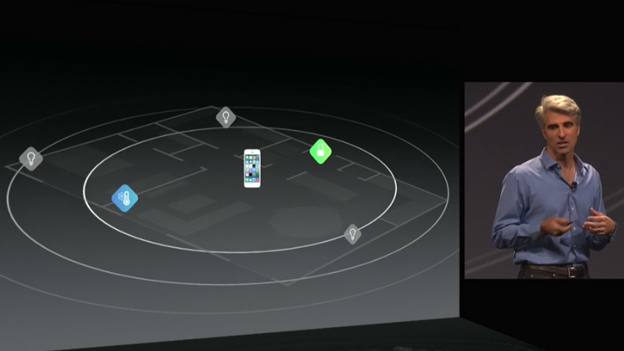
4. HomeKit
Apple's platform for smart home devices is designed to group them together and facilitate effortless control via Siri, so for example bellowing "time for bed!" would lock the doors, turn down the central heating, switch off the games console and set the alarm.
The more convenient that is the more likely we are to embrace it, and what's more convenient than mumbling at your iWatch as you climb the wooden stairs to Bedfordshire?
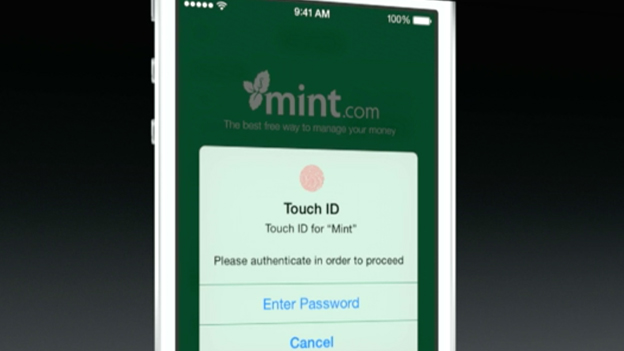
5. TouchID Payments
TouchID is becoming more useful: Apple is opening its fingerprint security scanner to third party apps, and that means it can be used to authenticate mobile payments.
Once again this is an example of wearables making life that little bit easier: an iWatch that incorporated TouchID could be a pretty nifty way to pay for your morning coffee or commute.

Contributor
Writer, broadcaster, musician and kitchen gadget obsessive Carrie Marshall has been writing about tech since 1998, contributing sage advice and odd opinions to all kinds of magazines and websites as well as writing more than twenty books. Her latest, a love letter to music titled Small Town Joy, is on sale now. She is the singer in spectacularly obscure Glaswegian rock band Unquiet Mind.